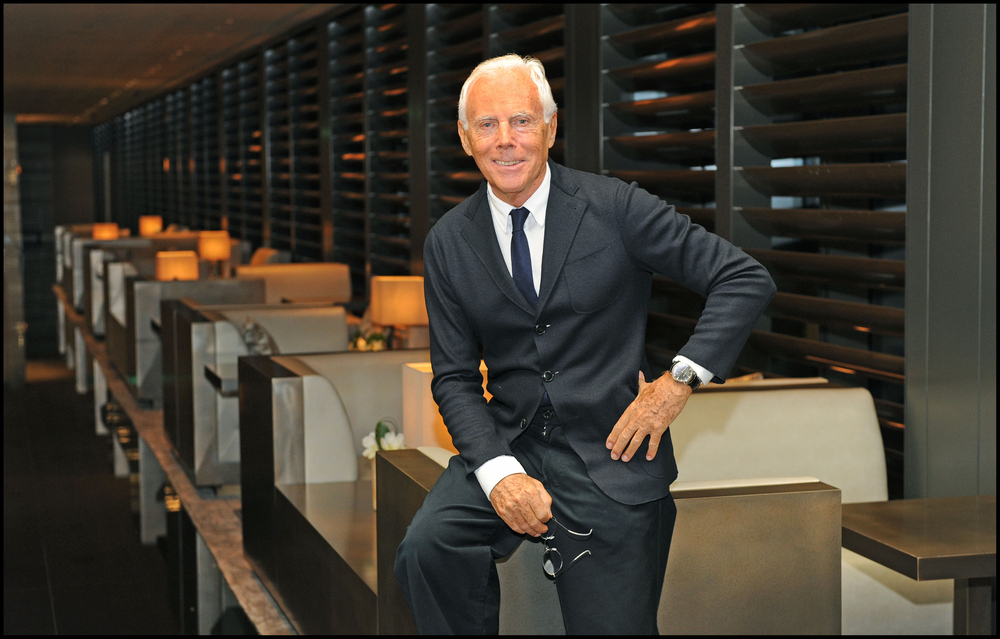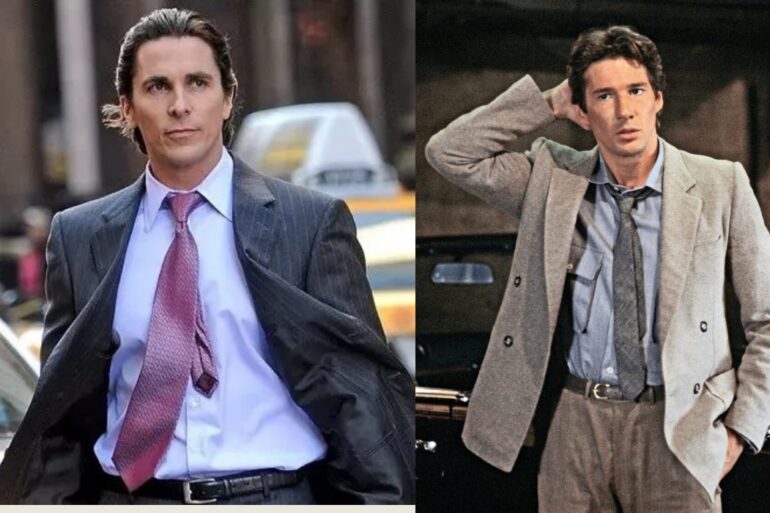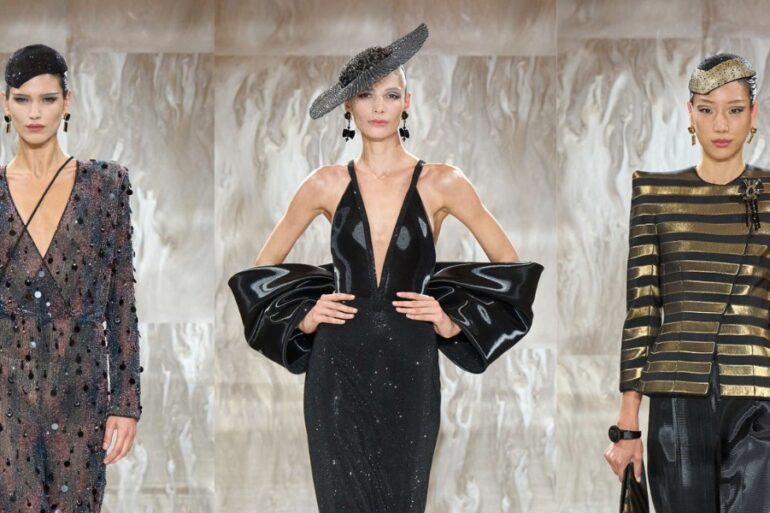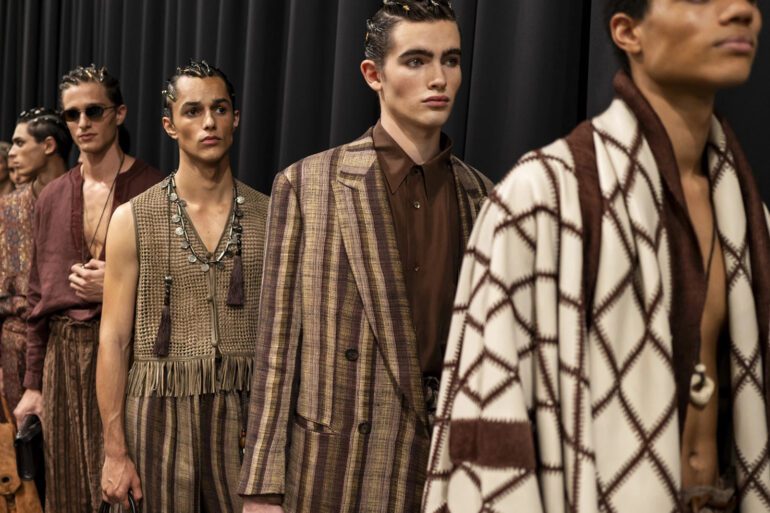“As someone who is forever dissatisfied and obsessive in his search for perfection, I never give up until I’ve achieved the results I want,” said the “King of Fashion” Giorgio Armani.
Giorgio Armani, who died on Sept. 4, 2025, left a legacy that changed the shape of global fashion forever. Known in Italian as “Re Giorgio,” or “King Giorgio,” Armani redefined what it meant to look modern for men and powerful for women, while building a business empire touted as the “pinnacle of Italian luxury.”
The legendary fashion designer died “peacefully surrounded by loved ones” at the age of 91. His passing comes just weeks ahead of a planned 50th anniversary celebration of his work at Milan Fashion Week. It is amid several projects, including pop-ups and public showcases, marking his big 50 fete across Italy since July.
Through decades, the Armani Group has become synonymous with luxury, Italian flair, and elegance. It created a lasting change in the way people dress and how they perceive themselves. “Style for me is a good that can be applied to everything. I’ve always thought fashion is much more than clothes—it’s a way of being,” the designer once said. “I love things that age well, things that don’t date, becoming living examples of the absolute best.”
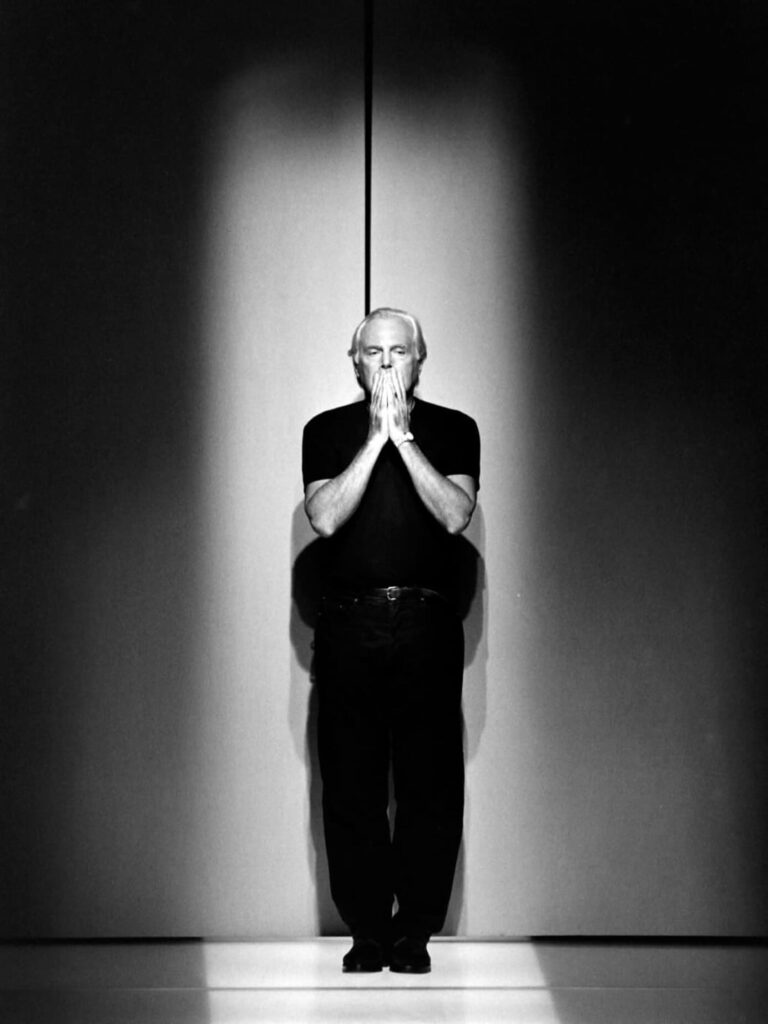
But Armani, the “King of Fashion” who built a powerhouse now valued over $10 billion, grew up modestly. He was born on July 11, 1934 in Piacenza to middle-class parents—his father Ugo was an accountant in a shipping company; his mother Mariù was a homemaker. As a child, all of Armani’s clothes were made by his mother. Still, her skills made him the envy of his classmates. He recalled in the 1990 documentary Made in Milan that he and his siblings were always well-dressed, making his classmates believe that they were rich when they were actually poor.
Hunger, fear, and uncertainty were among Armani’s earliest memories from growing up during World War 2. Food was hard to find and death came in the most unexpected ways. The designer once shared a memory of playing with unexploded artillery shells on the streets until one suddenly went off. It caused him severe burns, while a close friend was killed. “War,” he said, “taught me that not everything is glamorous.”
The decades that followed were a journey of self-discovery. In 1956, Armani began a medical degree but dropped out after three years and joined the army. He served there for two years before starting his career in fashion. His first job was as a window dresser in La Renascent, a department store in Milan, where he learned about fashion from the shop floor. According to BBC, it was then that the fashion icon learned the fabrics customers liked and went out to buy them personally in textile mills. His knowledge and experiences led him to mastering the perfect tailoring.
After his time at La Rinascente, Armani moved on to work as a menswear designer for the fashion house Nino Cerrito and as a freelancer for other manufacturers His experiences both in retail and design became the foundation of his own label, Giorgio Armani S.p.A., which he founded with his business partner and lover, Sergio Galeotti.
Galeotti spearheaded the business side of the company and even sold his Volkswagen car for $10,000 to raise seed capital prior to its launch. The duo started small in an office that was gloomy and drab, but it was the crucial first step to building the Armani fashion empire.
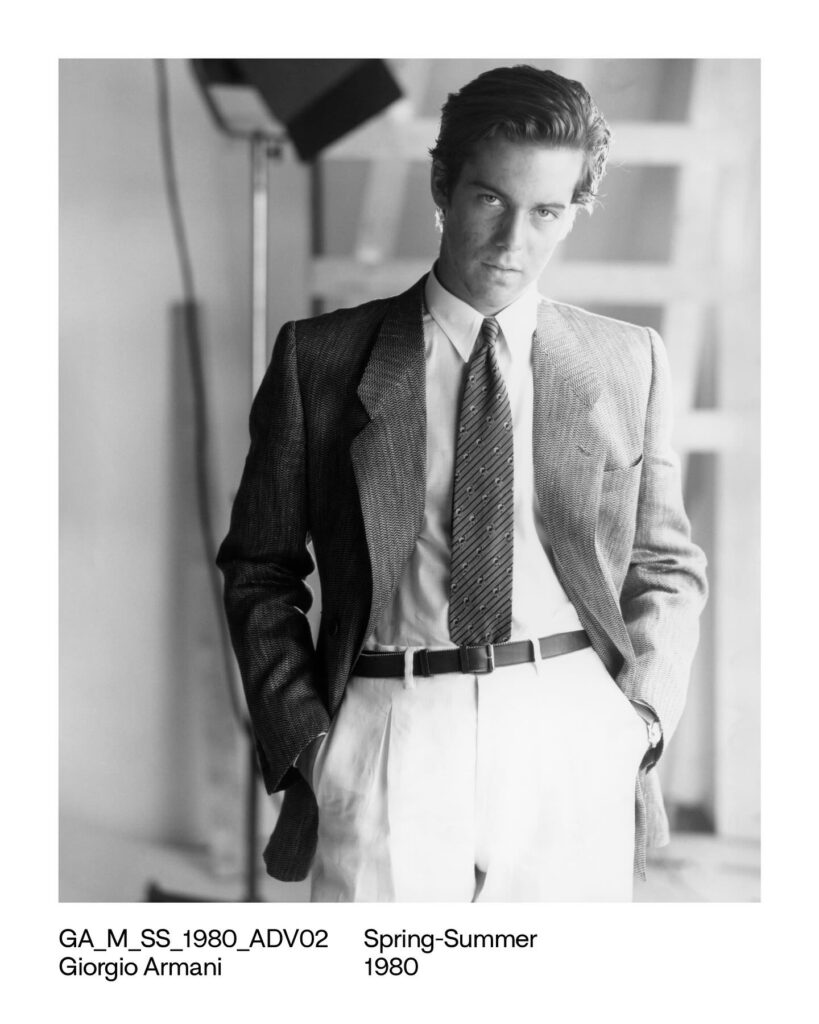

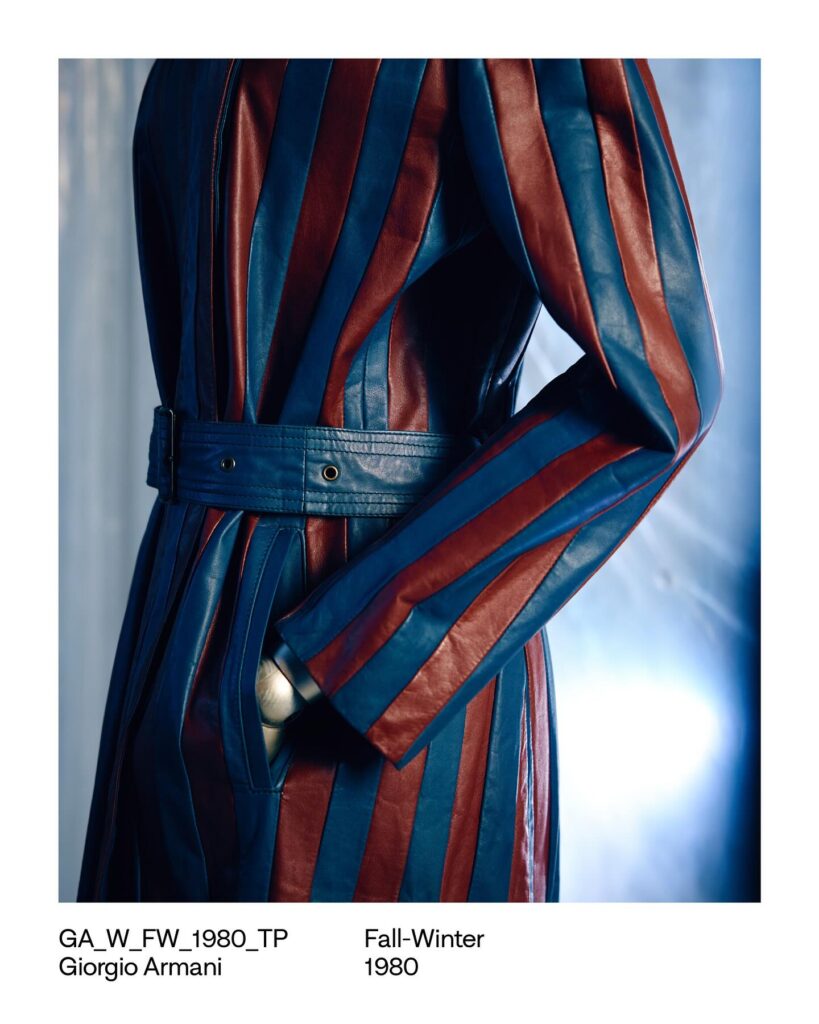
The Italian designer began revolutionizing fashion when he reinvented the suit—feminizing it for men and popularizing it for women—at a time when it had stiffer styles. “I was the first to soften the image of men, and harden the image of women. I dressed men in women’s fabrics, and stole from men what women wanted and needed—the power suit,” he said.
Armani took away the confinements of the suit before him by deconstructing the jacket—removing the lining and shoulder pads—for a piece that sits comfortably on the body. Paired with trousers that have a relaxed silhouette, the outfit creates a look that’s effortlessly elegant and powerful.
Apart from men, Armani offered these unstructured power suits to women as an alternative to the stiff and stuffy dresses women would usually wear to work at that time. The soft, deconstructed ensemble exuded femininity yet, at the same time served as a powerful statement on equality. “I realized that they need a way to dress that was equivalent to that of men. Something that would give them dignity in their work life,” he said.
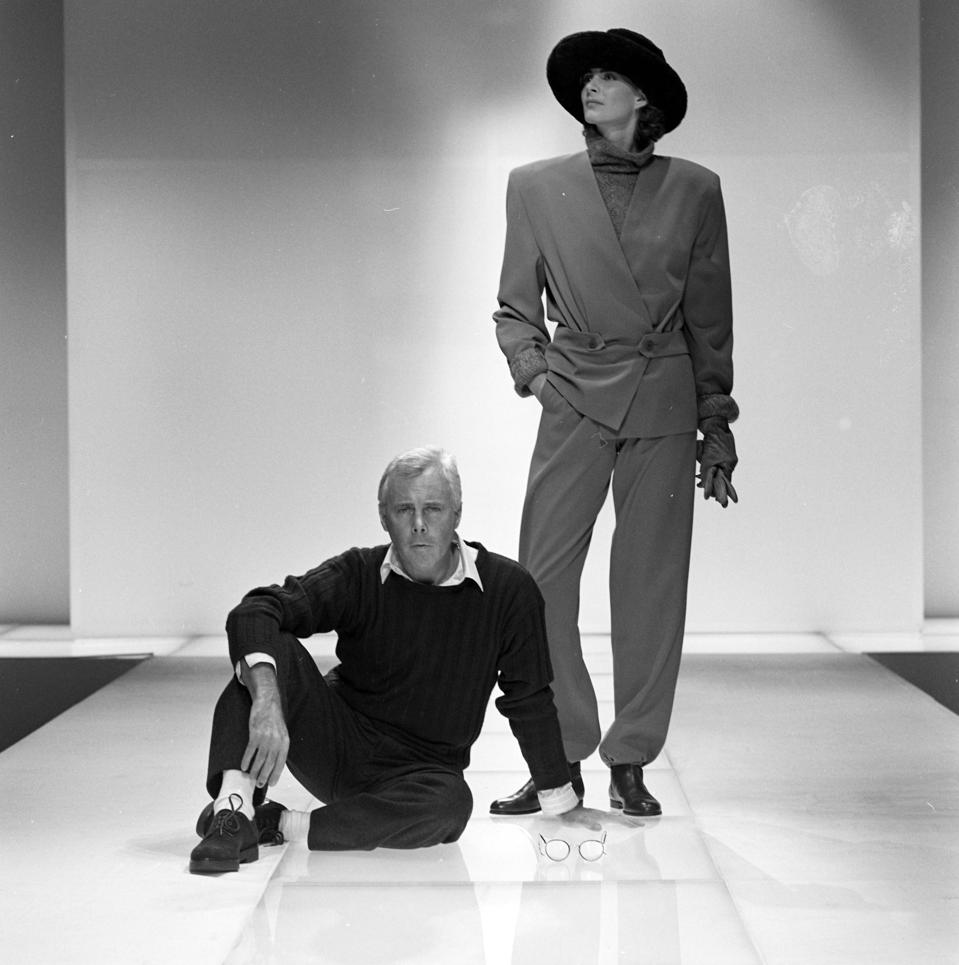

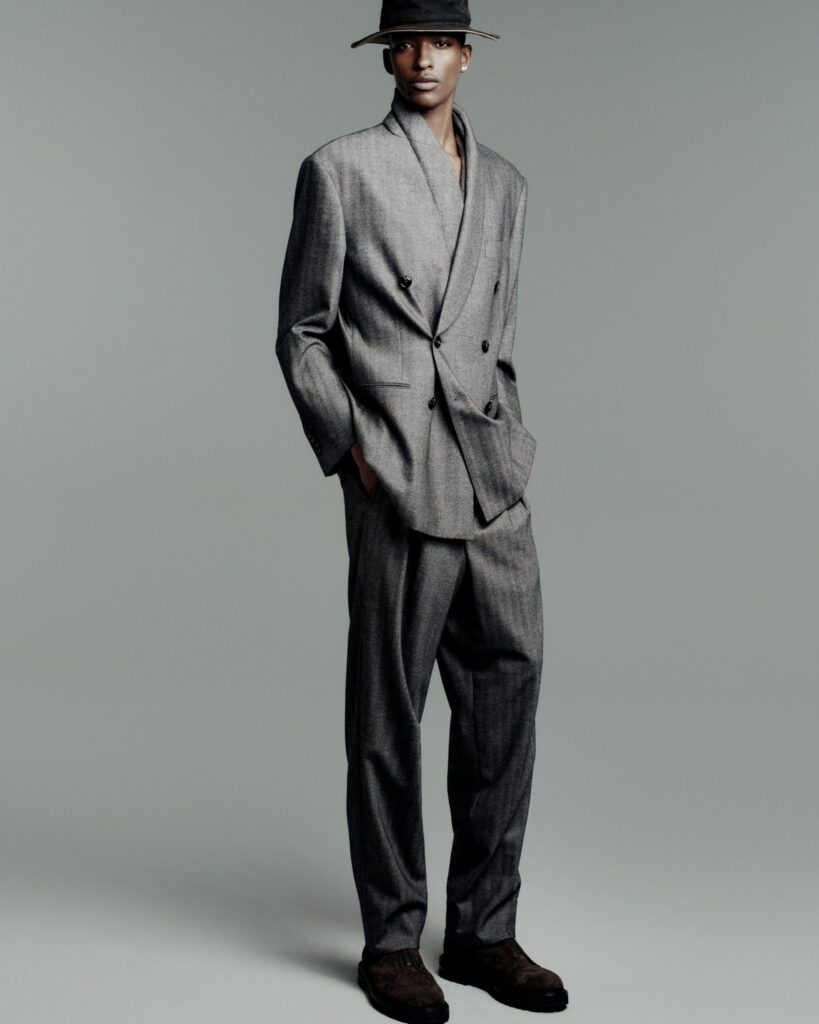
Armani catalputed to fame when he dressed Richard Gere in the hit 1980 film American Gigolo. The then-29-year-old actor fascinated fans in every scene, wearing Armani from head to toe. Within a decade, Armani had become one of the biggest names in Hollywood fashion and the European designer with the most sales in the United States. He designed dresses for films and TV shows and dressed stars from Diane Keaton to Julia Roberts for awards nights.
But in an unexpected turn of events, Armani’s business and romance partner Galeotti died of AIDS-related illness in 1985, at the age of 40. In a 2001 interview, the designer revealed that the greatest failure of his career was “not being able to stop [his] partner from dying.” He then dedicated his life expanding his empire as, he said, Galeotti wanted it to be.

Armani went on to expand his namesake label, from ready-to-wear (Emporio Armani and Armani Exchange), haute couture, (Armani Privé) and sports and lifestyle (EA7) to interior design (Armani/Casa) and food (Armani/Dolci). He also owned bars, clubs, restaurants, and an Italian basketball team known as Olympia Milano
“I’m never satisfied,” he once told a reporter. “In fact, as someone who is forever dissatisfied and obsessive in his search for perfection, I never give up until I’ve achieved the results I want.”


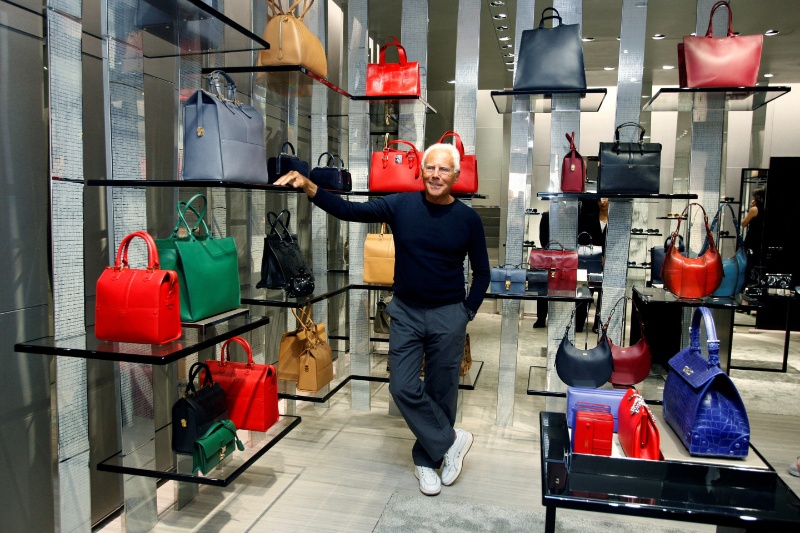
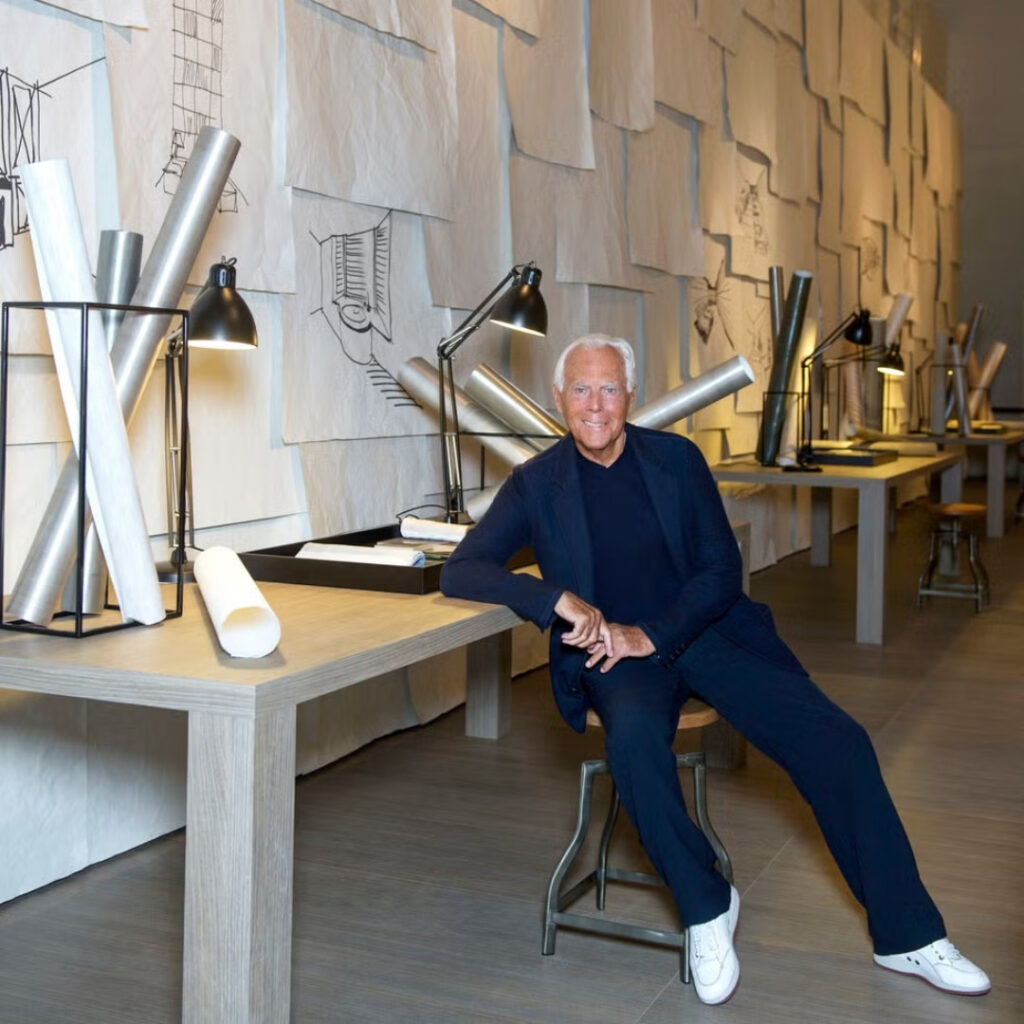
Armani was not just an artist with fashion flair—he was an innovator with a keen business sense. While many fashion powerhouses like LVMH or Kering have been selling shares of their label, Armani chose to remain the sole owner of his company. It was a simple but wise move that led to the Armani Group’s $12.1 billion net worth at the time of his demise.
With his belief that “work is a medicine,” Armani kept working and retained strict control over his empire until he died. According to company reports, the magnate spent years creating a robust plan for the turnover of his assets. The Armani group will then be divided among his heirs: his sister Rosanna, two nieces, one nephew, long-time collaborator Pantaleo Dell’Orco, and a charitable foundation.
He wishes that after his passing, the brand would keep its “essential modern, elegant and unostentatious style with attention to detail and wearability,” in the same way that a good designer makes his customers’ changing needs a top priority even till the very end.
Related story: Emporio Armani is out to seduce with its bold Fall/Winter 2025 menswear capsule
Related story: Armani Privé illuminates in the grandeur of black

